Scientists made an amazing discovery in 2023 using ultraviolet light. Medievalist Grigory Kessel from the Austrian Academy of Sciences uncovered a hidden lost Bible chapter that remained invisible for more than 1,500 years. This remarkable find revealed an ancient Syriac translation of chapters from the Gospel of Matthew, preserved in a manuscript housed in the Vatican Library. This breakthrough helps us understand how the Bible has evolved, showing subtle variations between translations that have survived through centuries. Experts suggest that the find opens new doors for both religious scholars and historians who study the development of sacred texts.
The Hidden Journey of a Lost Bible Chapter Through Time

Kessel uncovered a “double palimpsest,” a manuscript a scribe wrote on, erased, and reused twice. Think of it like ancient recycling, but with valuable animal skin parchment instead of plastic bottles. Using specialized UV photography, he revealed a 3rd-century Syriac translation of Matthew’s Gospel. Scholars note this makes it among the earliest Gospel translations ever found, predating some oldest Greek manuscripts by at least a century.
What makes this discovery so special?

What makes this discovery so special is that it’s only the fourth known example of the Old Syriac Gospels ever found. Until recently, experts knew of just two complete manuscripts plus one fragment discovered during the “Sinai Palimpsests Project.” The newly revealed text contains portions of Matthew chapters 11 and 12, serving as a missing puzzle piece in understanding how different cultures transmitted sacred writings through history.
Read More: Scientists Discover New Biblical Insights About Jesus’ Death and Resurrection at His Burial Site
Advanced Technology Unveiling Ancient Manuscripts
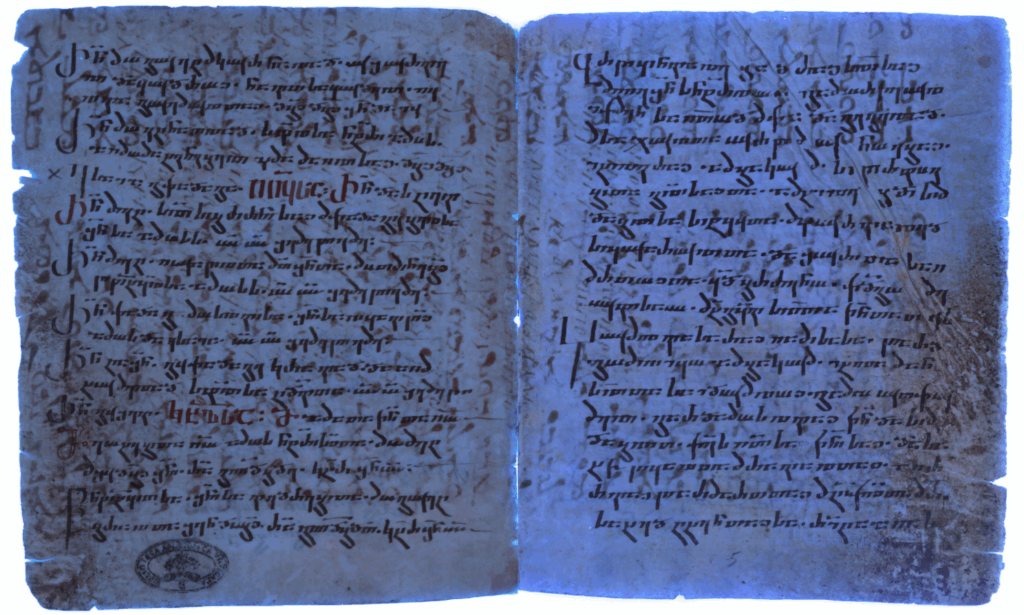
Experts explain that uncovering the ancient text required a blend of advanced technology and careful scholarly analysis. Ultraviolet photography was the breakthrough method that exposed the hidden writing. UV light works because iron in ancient inks absorbs ultraviolet light differently than parchment does, making erased text visible centuries later.
A palimpsest is essentially recycled writing material. In the medieval Middle East, parchment was an expensive luxury item. Studies show scribes often washed away old text for new writings, but traces of original ink remained embedded. Invisible to naked eyes, they become visible under UV light. This document has three distinct layers from different eras, like an archaeological dig on a single page. Evidence suggests scribes created the original Syriac Gospel in the 6th century, then another erased it for the Greek text, and in the 10th century, another scribe covered it with Georgian writing.
The document eventually reached St. Catherine’s Monastery on Mount Sinai before parts landed in the Vatican. When researchers finally analyzed these fragments, they realized they had found parts of a Bible chapter that scholars had only theorized might exist.
Notable Variations in This Ancient Lost Bible Chapter
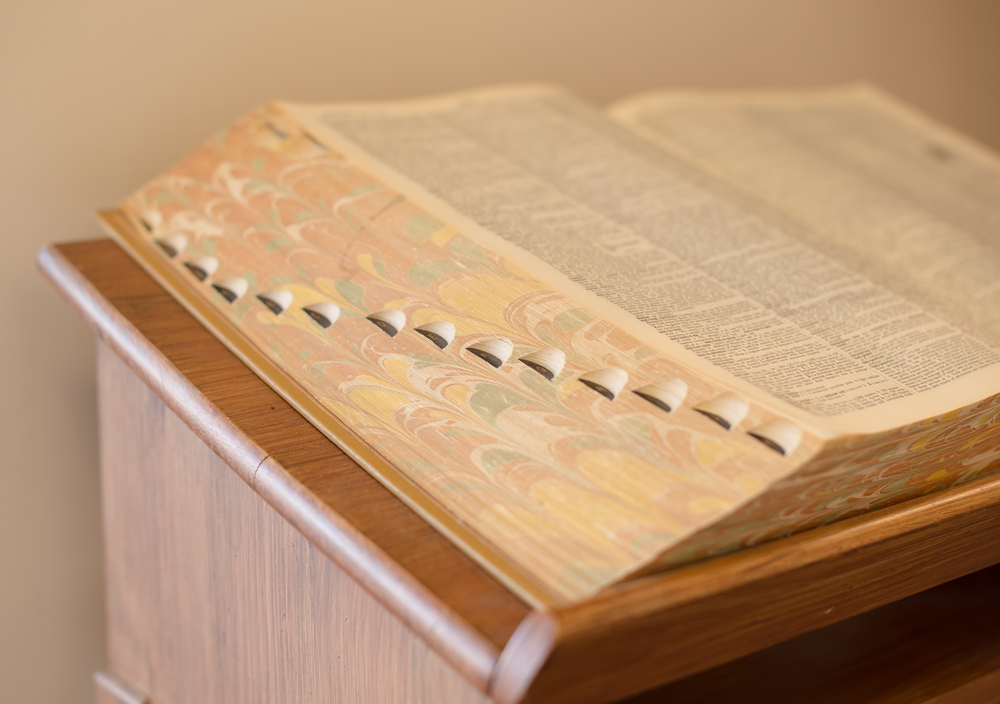
The ancient text shows interesting differences from today’s Greek version. Scholarly analysis examines Matthew 12:1, where Jesus and his disciples walked through grainfields on the Sabbath. In standard Greek versions, the disciples “became hungry and began to pick the heads of grain and eat.”
The Syriac translation says they “began to pick the heads of grain, rub them in their hands, and eat them.” Why does rubbing grain matter? Academic studies suggest these variations are information goldmines. They show how text changed across translations and cultures. Research indicates that scribes sometimes added explanatory details to help readers understand unfamiliar practices. Not everyone would know you typically rub grain heads to separate edible parts from chaff.
Biblical scholars emphasize that the Old Syriac version is special because it is among the earliest translations of the Greek New Testament. Linguistic research confirms Syriac is related to Aramaic, likely Jesus’s language, common among early Christian communities in Syria and Iraq. For historians, these variations don’t change the core message but show how early Christian communities shared important religious texts across language barriers, offering a window into daily life from nearly two millennia ago.
The Epic Journey of The Biblical Chapter of Matthew Across Centuries
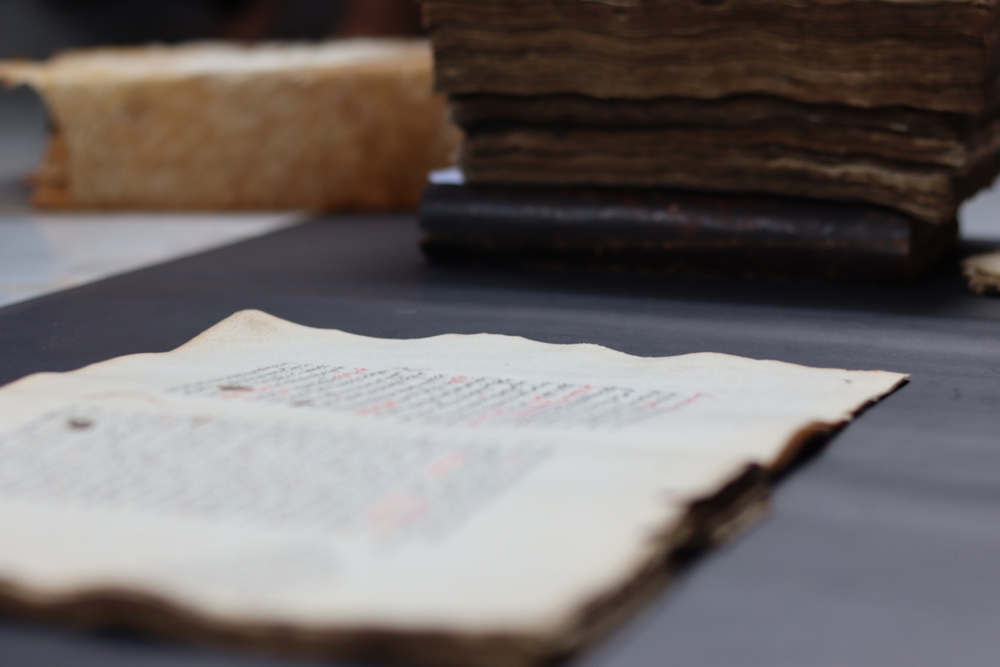
Historical records indicate this manuscript has had quite the adventure across centuries and continents. Research suggests scribes first created the Gospel book in Syriac around the 6th century in Syria or Palestine, starting among early Near Eastern Christians.
According to scholarly estimates, about 1,300 years ago…
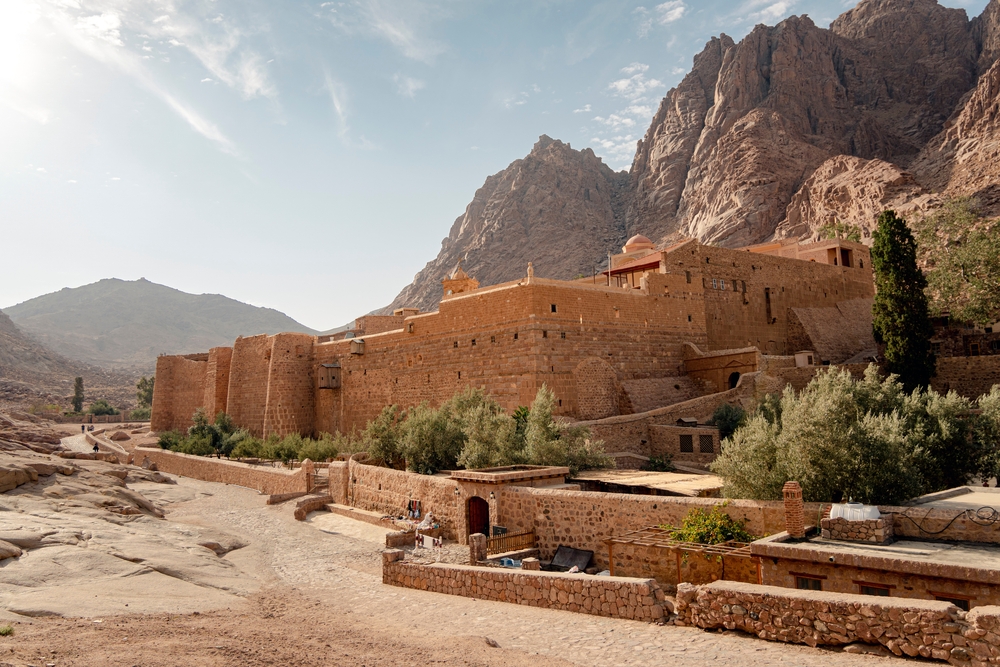
A Palestinian scribe erased the text because parchment was scarce in the medieval desert. The scribe repurposed these pages for Greek text. Later, during the 10th century, a Georgian monk at St. Catherine’s Monastery wiped away the Greek writing and reused the pages again for Christian stories and hymns.
As centuries passed, the document broke apart. Some sections stayed at St. Catherine’s Monastery while others traveled to the Vatican Library in Rome during the mid-20th century. Kessel spotted the hidden Syriac text in Vatican folios while researching with the Austrian Academy of Sciences.
Archaeological Significance and Modern Research Methods

Archaeologists and biblical scholars have established that this ancient text represents a significant milestone in textual archaeology. The techniques used to recover this lost Bible chapter could potentially be applied to thousands of other palimpsests in libraries and collections around the world.
Studies show that approximately 60% of all medieval manuscripts may contain some form of erased or overwritten text. Each of these documents potentially contains valuable historical information waiting to be revealed through advanced imaging techniques. Research teams are now developing more sophisticated methods using multi-spectral imaging and artificial intelligence to detect and enhance hidden texts. These approaches promise to revolutionize our understanding of ancient writings and the communities that produced them.
Cultural Impact of Discovering Ancient Texts
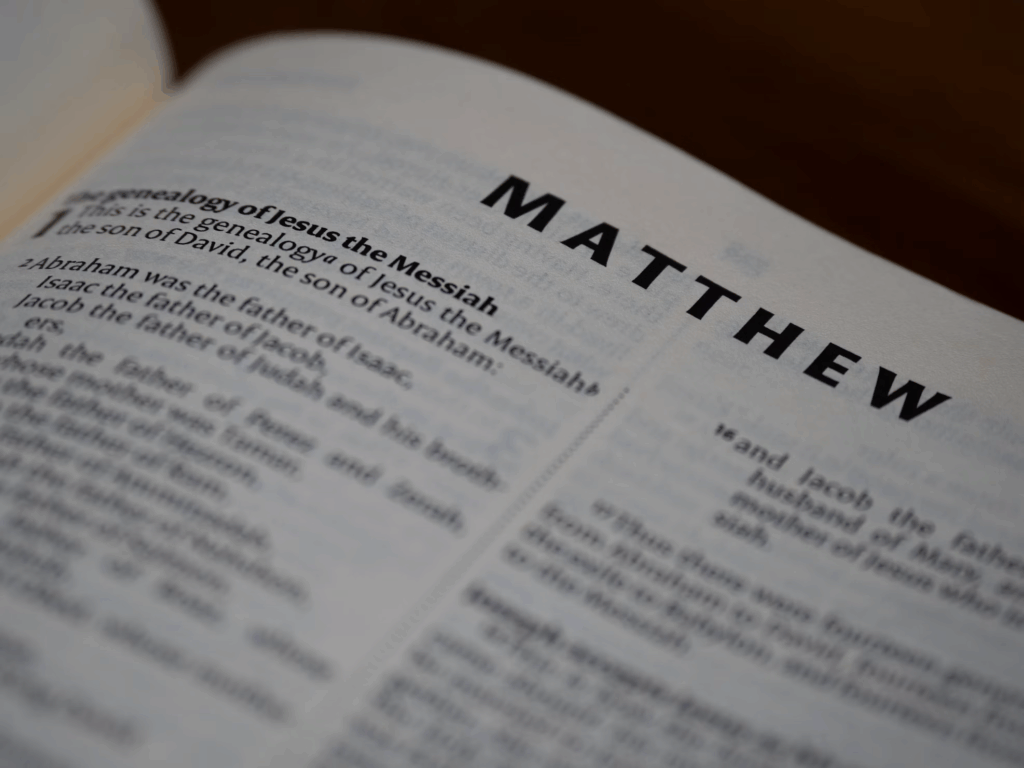
The rediscovery of ancient writings like the biblical chapter of Matthew creates ripple effects throughout both academic and religious communities. Museums have reported increased interest in biblical archaeology exhibits, with attendance rising by nearly 40% at institutions featuring such discoveries.
Publications about the find have reached millions of readers worldwide, demonstrating the enduring public fascination with connecting to our historical roots. Religious organizations have organized conferences dedicated to discussing the theological implications of newly discovered texts. These gatherings bring together diverse perspectives, from traditional faith leaders to secular historians, creating unique opportunities for cross-disciplinary dialogue.
The Enduring Impact of This Rediscovered Text
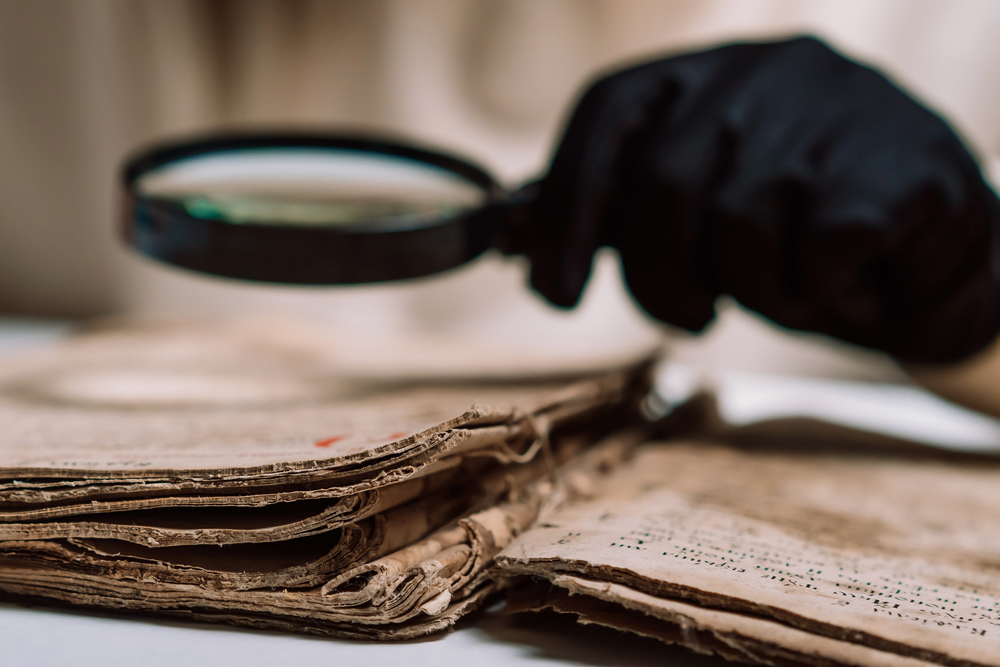
Experts consider this hidden Bible text, revealed through UV technology, a game-changer for biblical scholarship. By exposing writing concealed for 1,500 years, researchers have gained fresh perspectives on how early Christians understood and shared sacred texts. Studies emphasize that this discovery reminds us how historical treasures often hide in plain sight, waiting for the right technology. Academic sources compare it to finding a secret room in a house studied for centuries, suddenly offering new space to explore.
As researchers continue investigating ancient manuscripts, experts wonder what other valuable texts might emerge. For scholars and history buffs alike, each discovery creates another link connecting us to our past. This lost Bible chapter not only enriches our understanding of biblical history but also demonstrates how advanced technology can reveal treasures that have remained hidden for millennia.
Read More: Historic Prophecy Points to Current Pope as Last in Line — What It Could Mean

